The market for alternative credit scoring comprises a vast ecosystem of provider types and business models. Much of it exists, by definition, outside of traditional financial services in the form of alternative lenders, niche fintech providers, and big tech. However, incumbent credit bureaus and banks are also innovating, while challenger banks and credit bureaus are bringing a variety of new data-driven decision-making techniques to market – especially in emerging markets.
Technology Trends
Listed below are the key technology trends impacting the alternative credit scoring theme, as identified by GlobalData.
How well do you really know your competitors?
Access the most comprehensive Company Profiles on the market, powered by GlobalData. Save hours of research. Gain competitive edge.

Thank you!
Your download email will arrive shortly
Not ready to buy yet? Download a free sample
We are confident about the unique quality of our Company Profiles. However, we want you to make the most beneficial decision for your business, so we offer a free sample that you can download by submitting the below form
By GlobalDataGrowing use of advanced analytics for sub-sector and individual-specific risk assessment
Incumbent banks typically look at portfolios and segments of customers to calculate their total value at risk. But business models can be very different from one company to another within the same subsector. Some businesses have a strong online presence, for example, and others do not. To reliably estimate the resilience of individual firms, advanced analytics let banks analyse current transaction flow; say, level, frequency and volatility of transactions against pre-Covid-19 levels to track performance and risk.
Growing performance disparities between credit scoring machine learning algorithms and traditional scorecard approaches
New credit scoring models used by fintech lenders rely on machine learning techniques rather than traditional loss and default models. The prediction capability of machine learning models has been reliably demonstrated in stationary external environments, but performance under dual structural shocks – say Brexit and Covid in the UK – remains far more contested. However, a September 2020 International Monetary Fund (IMF) paper found machine learning yields better prediction of loan defaults during normal times and periods of large exogenous shocks, reflecting information and modelling advantages.
Exponential increases in the volume and variety of data usefully analysed by non-traditional providers
Big data technology allows alternative lenders to collect and use a larger volume and variety of data points. For example, Ant Financial and Mercado Libre claim that their credit quality assessment typically involves more than 1,000 data series per loan applicant. Preliminary evidence from Bank for International Settlements (BIS), IMF, and World Bank suggests more granular data is critical in enhancing the predictive power of risk models, especially for small merchants not typically served by banks.
Economies of scale from highly automated application processes, risk assessment, and decisioning
Digital technologies – cloud, robotic process automation, big data – help digital lenders process massive loan volumes quickly and restructure loans at minimal marginal costs. The “contact-free feature” of the business process, from customer acquisition through to underwriting, has made digital lending particularly resilient during the Covid-19 pandemic. It’s also true that more digitised lending gives providers additional data points, such as browser cookies to conduct targeted marketing and direct outreach, and enhanced control over information outflow compared to human interactions.
Comprehensive social media credit scoring, creating Yelp-style reviews for individuals
Social media networks contain a vast array of qualitative data points indicative of willingness and capacity to repay – which are often more revealing and reliable than formal data. Social media data can be a good indicator of spending patterns and a way to validate education or employment history. Check-ins, posts, and tweets can contain valuable information as to how data subjects spend their incomes, and even the financial prospects of a given business.
Biometric data/mobile metadata playing a critical credit risk role
Biometrics can be used for identity authentication through the use of uniquely physical or behavioural characteristics. Some firms use key strokes to augment credit scores. ID Finance, for example, incorporates behavioural biometrics into its artificial intelligence (AI)-based fraud scoring engine to boost loan approvals and reduce the incidence of non-performing loans. The firm’s pilot programme reportedly operated at an accuracy level of 97.6% and has now been rolled out to all seven markets of operation.
Distributed ledger/blockchain applications for credit scoring
One pertinent application of distributed ledger technology in credit reporting is its ability to enable customers to control their own data while having the data validated by credit providers. A distributed ledger structure could enable data subjects to control the storage and dissemination of their data and permission inquiries, while the subjects assure the inquirer they have not altered the data. This technology will also help data subjects control the access and transfer of their data.
Early stage Internet of Things (IoT) deployments offer intriguing credit applications
Banks can use IoT for a higher resolution picture of credit risk across devices, metadata from mobiles, geolocation, satellites, and weather – all in real-time. In a Covid context, providers can incorporate various types of health-related data from wearables, such as heart rate, temperature, and any record of pre-existing health conditions. While this has more direct applications for life and health insurance, it can also inform various bank product offers. For example, the onset of Covid might imply the need for emergency overdraft support, or for personal customers running small and medium enterprises (SME) these indicators may imply elevated risk factors for loan repayment and ongoing business disruption.
Ongoing access and integration issues for incumbent banks
A key challenge for incumbent banks is that although they have “ground truth,” their systems were not built to expose that data to modern analytical tools. As the former head of digital transformation at Santander is widely quoted as conceding: “It can be easier for some banks to access and model their own data via the external-facing open banking application programming interfaces (API) than it is to access it from their own platforms directly.” Alternative data can be highly distributed and unstructured, stressing the importance of secure API technology, effective aggregation tools, and dynamic analytics capabilities.
This is an edited extract from the Alternative Credit Scoring – Thematic Research report produced by GlobalData Thematic Research.



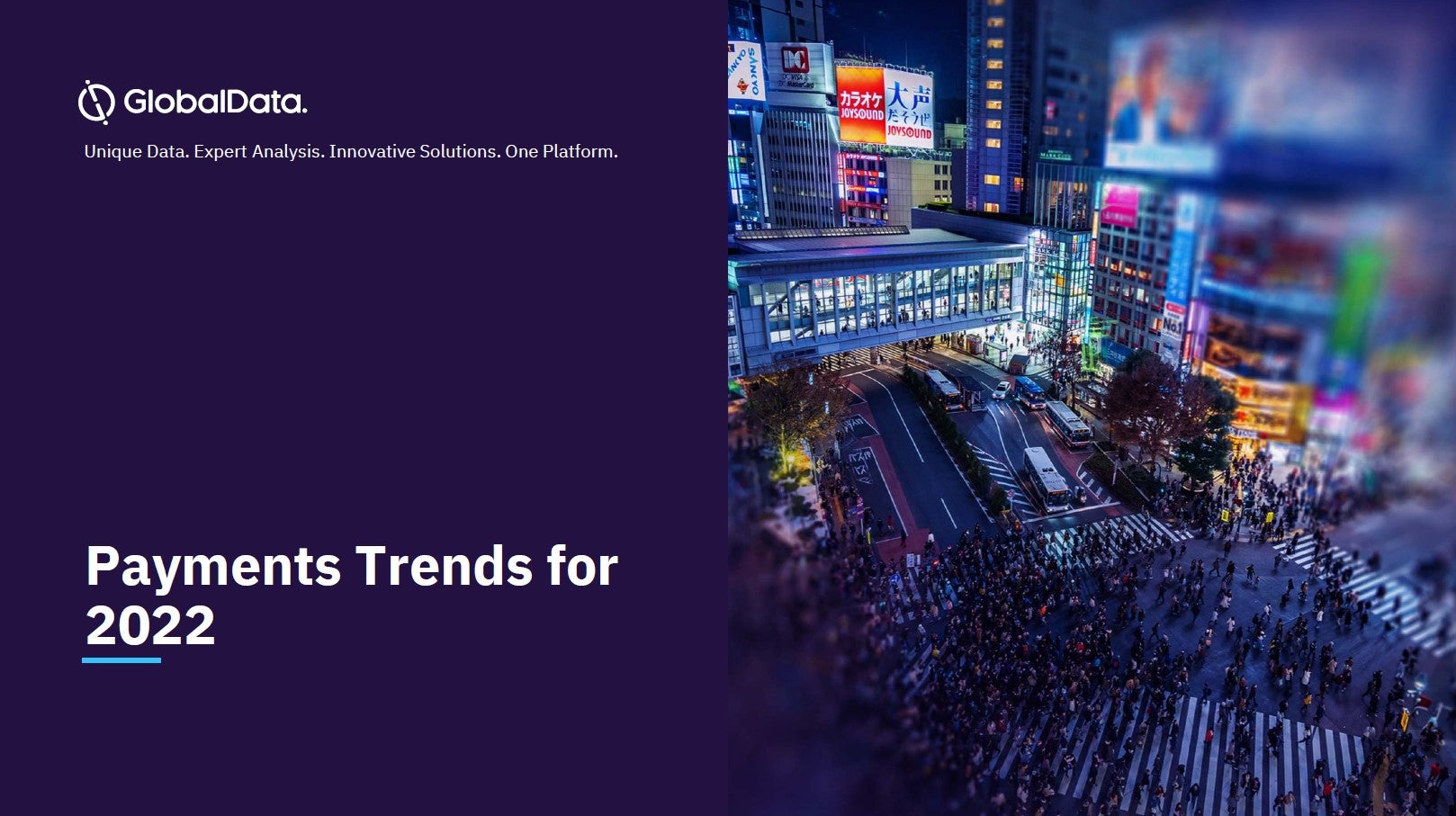

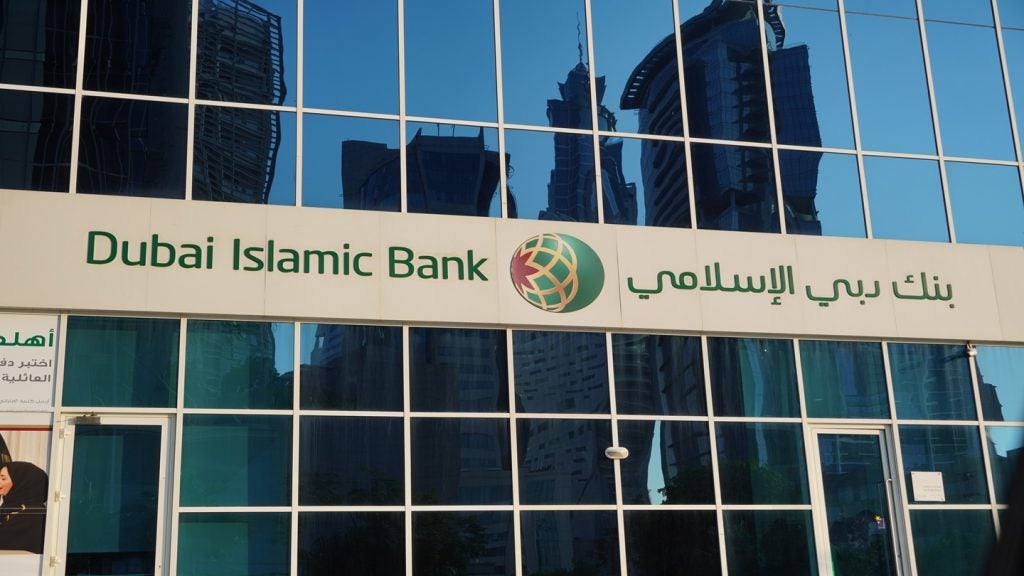
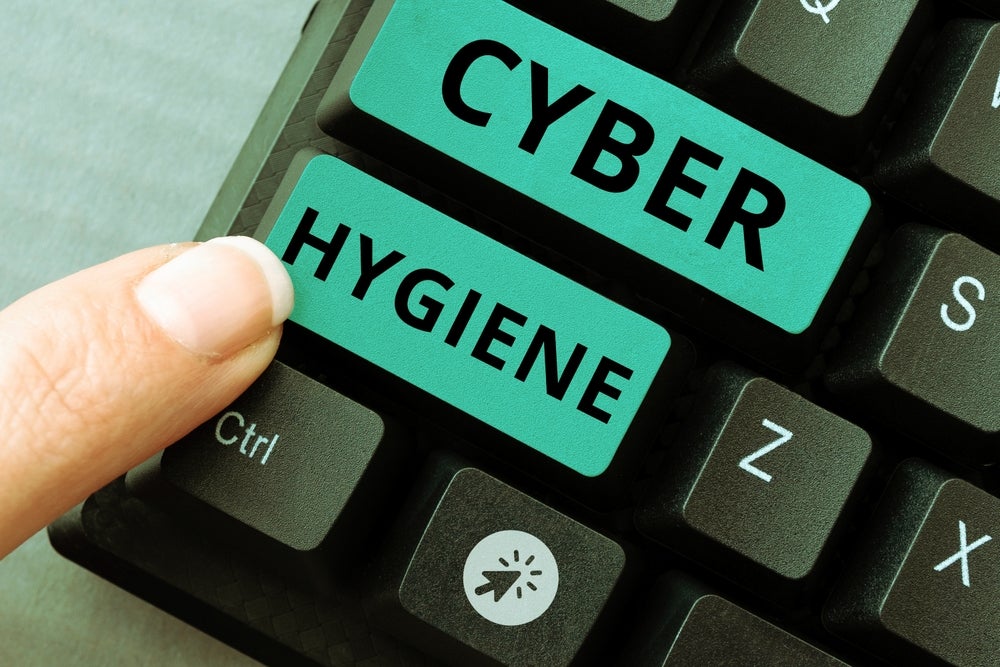
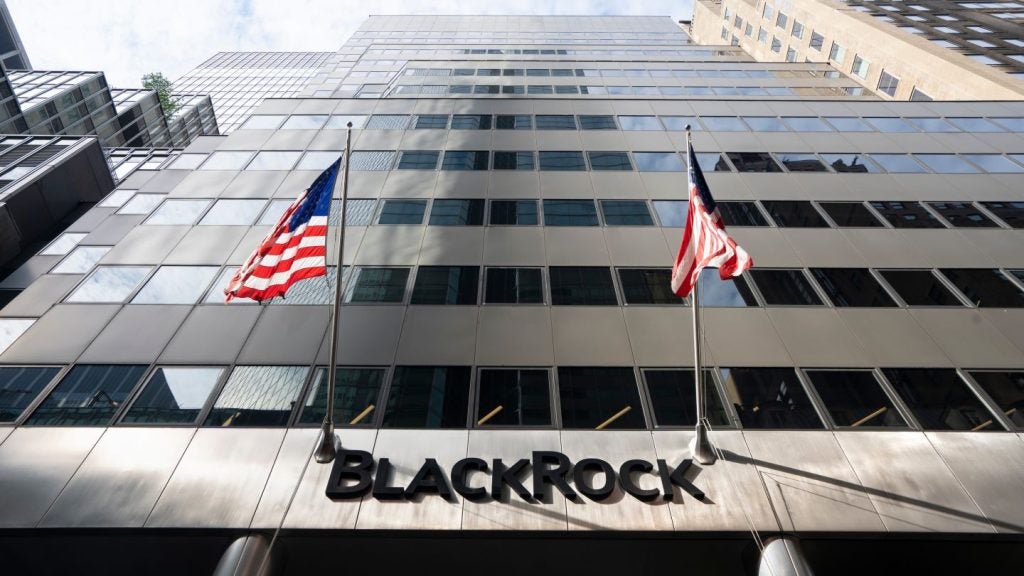
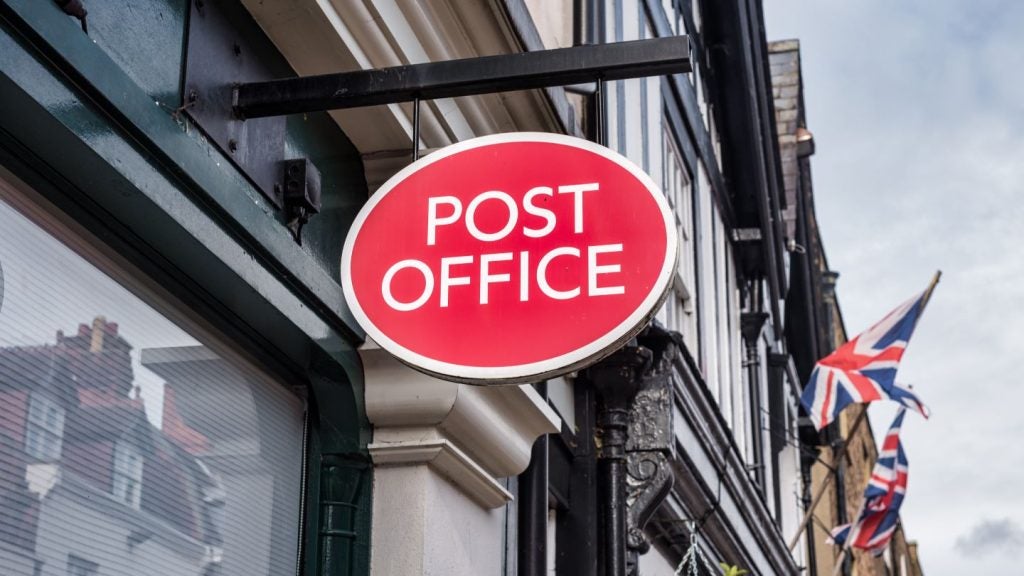

Related Company Profiles
MercadoLibre Inc